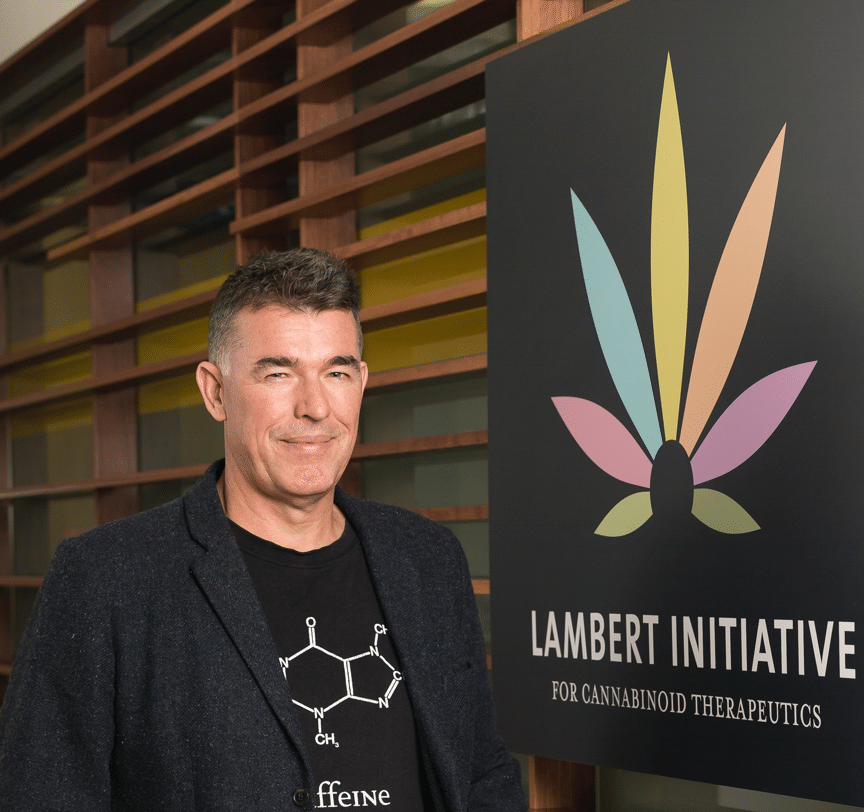Home growers in the Australian Capital Territory are cultivating “decent quality” cannabis containing low levels of THC, with no obvious negative consequences emerging from legalisation, a Lambert Initiative study has found.
The research, which questioned 311 small-scale cannabis growers, revealed a legalised scheme that is working as intended and with no overall increase in cannabis use.

Far from cultivating highly potent cannabis, the majority of plants grown contained relatively low levels of THC, with an average of 9%, the study found.
Additionally, most of the cannabis analysed as part of the Lambert project – participants were invited to submit a sample of their plants – was within recommended limits for pesticide residue, heavy metals and mould.
Researchers believe the results demonstrate that decriminalisation, and legalising small-scale home cultivation, highlight positive aspects of legislative reform.
Of those growers who completed the online survey, 70% said they grew cannabis for non-medical purposes and 61% for medical reasons. Almost half said they grew their cannabis at home to avoid contact with criminal networks.
Significantly, cannabis use was modest, at around one gram per day.
Lambert Initiative academic director, Professor Iain McGregor, said other states and territories should take note of the ACT’s approach which permitted limited home growing in 2020.
“The ACT has led Australia in drug policy reform and our study shows you can allow Australian adults to cultivate their own cannabis for medical and non-medical purposes without any obvious adverse outcomes,” he said.
“Cultivators exit illegal networks, enjoy the process of cultivation, and grow cannabis of modest potency and decent quality that doesn’t cost an arm and a leg.
“There appears to be no overall increase in cannabis use, emergency presentations or driving offences. There are lessons here around incremental drug reform that other Australian jurisdictions can learn from.”
However, the study found “wrinkles” in the legislation, with a legal number of plants often producing illegal quantities of flower.
Under ACT legislation, two plants can be cultivated by an individual, up to a maximum of four plants per household, with growers permitted to possess 50g of dried cannabis or 150g of fresh plant matter.
The study discovered that each home-grown plant contained a median of 85g of dry and 285g of fresh matter, beyond the legal limits.

Study lead author Dr Cilla Zhou said regulations should be refined.
“Current laws do not specify how cultivators might limit their harvest when their legal number of plants yield illegal quantities of cannabis,” she said. “Further refinement of the relevant legislation… would prevent unintended illegal activity.”
Another anomaly was that while home growing is legal, purchasing seeds and cuttings remains illegal.
According to the Canberra Alliance for Harm Minimisation and Advocacy, the research findings provide evidence that permitting home-grown cannabis does not necessarily trigger adverse outcomes.
“With other jurisdictions in Australia now actively considering cannabis law reform, this evidence shows allowing adults to grow cannabis for personal use is effective,” executive director Chris Gough said.
“It provides an avenue for adults who use cannabis to avoid criminalisation and exposure to the dangers of unregulated markets that doesn’t lead to increases in the use or sale of cannabis.”

